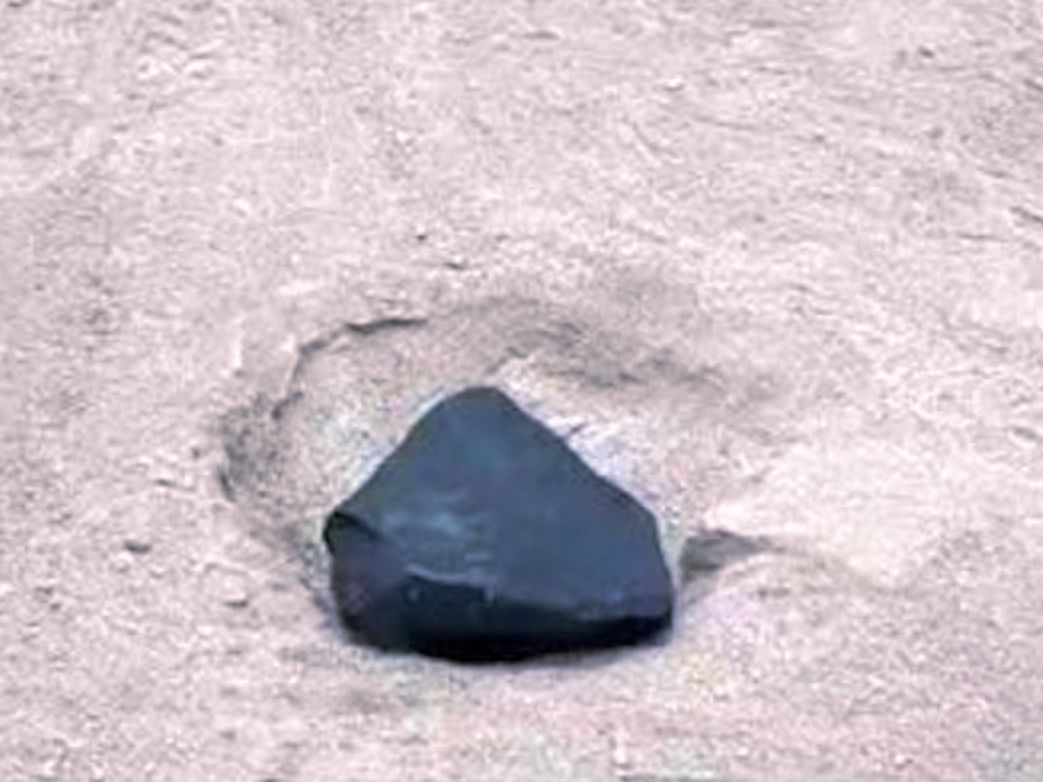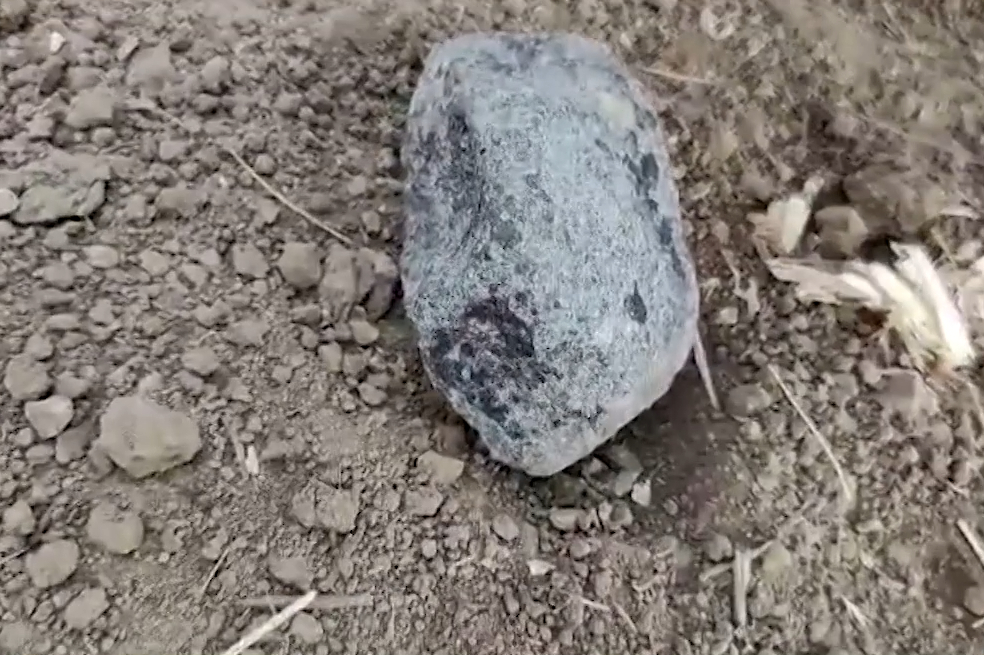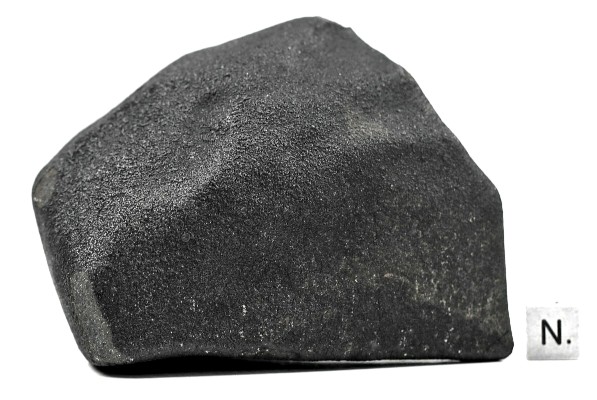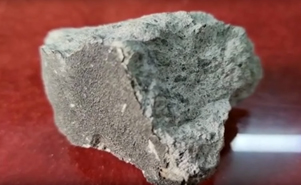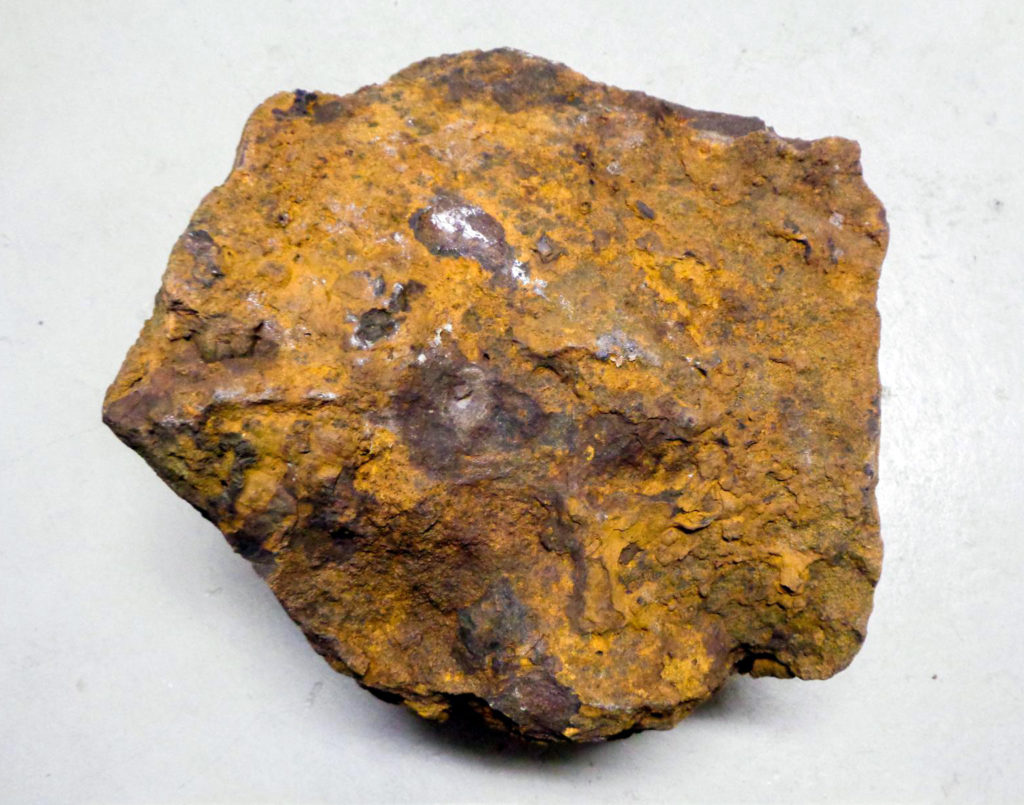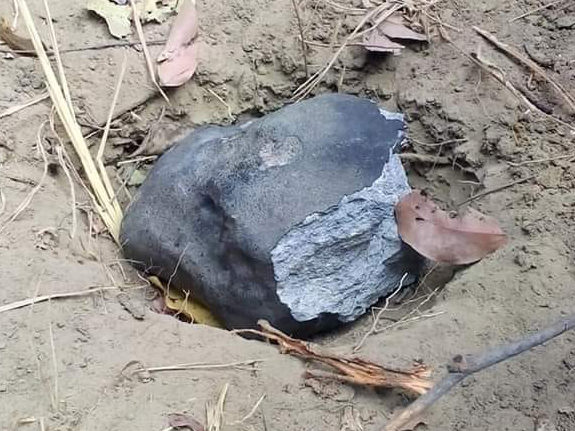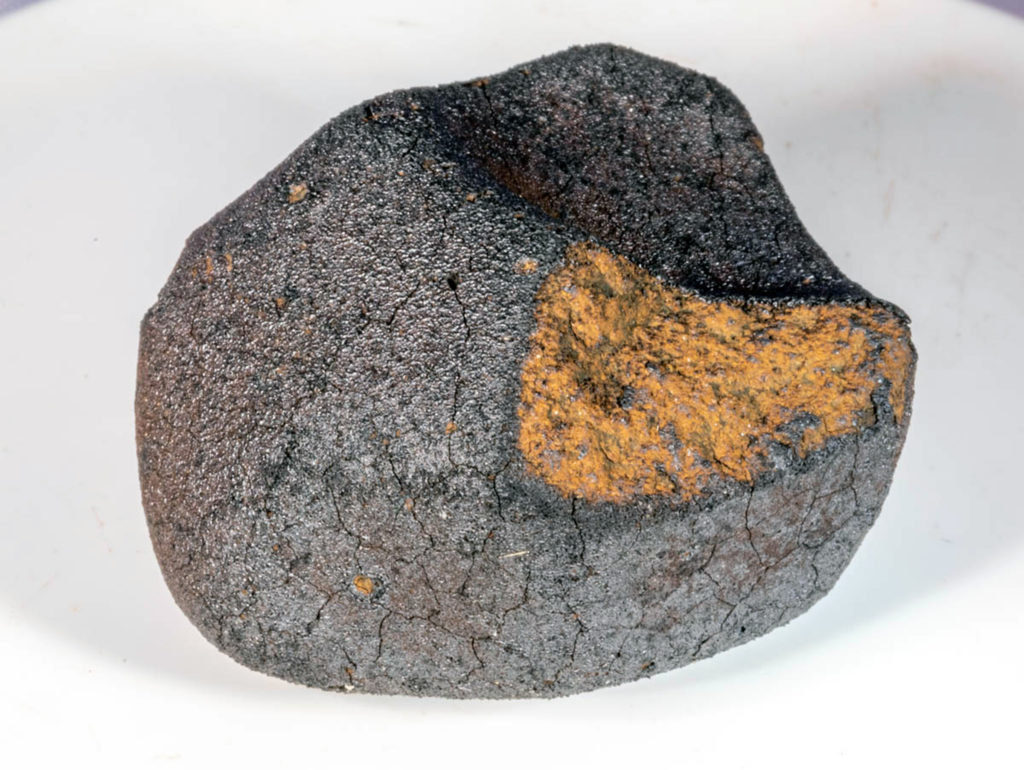The Mg/Fe ratio of silicate minerals in the meteoritic materials and in the circumstellar environment: A case study for the chondritic-like compositionOPEN ACCESS
Péter Futó, József Vanyó, Irakli Simonia, János Sztakovics, Mihály Nagy, Arnold Gucsik, Boglárka Döncző, Zsófia Kertész, Richárd Novák, and Árpád Csámer
Open Astronomy, 2021; 30: 45–55
Published: 28 October 2021
LINK (OPEN ACCESS)
PDF (DOWNLOAD)
“Kaba meteorite as a reference material (one of a least metamorphosed and most primitive carbonaceous chondrites fell on Earth) was chosen for this study providing an adequate background for study of the protoplanetary disk or even the crystallization processes of the Early Solar System. Its olivine minerals (forsterite and fayalite) and their Mg/Fe ratio can help us to understand more about the planet formation mechanism and whether or not the metallic constitutes of the disk could be precursors for the type of planets in the Solar System. A multiple methodological approach such as a combination of the scanning electron microscope, optical microscope, Raman spectroscopy and electron microprobe of the olivine grains give the Fe/Mg ratio database. The analyses above confirmed that planet formation in the protoplanetary disk is driven by the mineralogical precursors of the crystallization process. On the other hand, four nebulae mentioned in this study provide the astronomical data confirming that the planet formation in the protoplanetary disk is dominated or even driven by the metallic constituents.”

